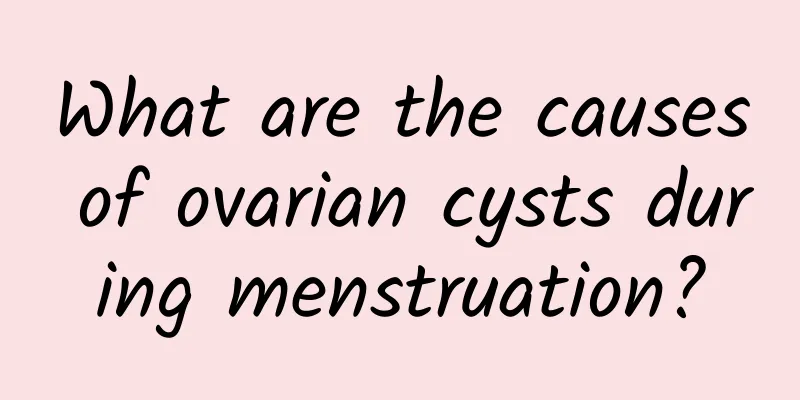How long does it take to treat vaginal candidiasis?

|
Fungal vaginitis refers to vulvovaginal candidiasis. How long to treat vulvovaginal candidiasis depends on the severity of the disease. Usually, medication is required for 7 to 14 days. Since the severity of each patient's disease is different, the duration of medication is also different. Vulvovaginal candidiasis is an inflammation of the vulva and vagina caused by infection with Candida albicans, which may cause symptoms such as vulvar itching and increased vaginal discharge. It needs to be treated with local and systemic antifungal drugs. After standardized treatment, the prognosis is good. Vulvovaginal candidiasis is divided into simple vulvovaginal candidiasis and complicated vulvovaginal candidiasis. For simple vulvovaginal candidiasis, local medication or systemic medication can be used, mainly local short-term antifungal drugs. For local medication, clotrimazole suppositories, miconazole suppositories or nystatin suppositories can be placed deep in the vagina. Unmarried women, those who cannot tolerate local medications, and those who are unwilling to use local medications can choose oral medications, and fluconazole is often used as a single dose. For patients with complicated vulvovaginal candidiasis, whether it is topical or oral medication, the course of treatment needs to be extended. Topical medication can be extended to 7 to 14 days. For patients with severe symptoms, low-concentration glucocorticoid ointment or imidazole cream can be applied topically to the vulva, such as hydrocortisone butyrate ointment, miconazole nitrate cream, etc. After suffering from this disease, it is recommended that patients seek medical treatment in time and receive targeted treatment under the guidance of a doctor. At the same time, they should also enhance their own resistance and pay more attention to personal hygiene. |
<<: What is the normal thickness of the endometrium?
>>: How big is a uterine fibroid?
Recommend
Summary of Causes of Threatened Abortion
With the increase of working women in today's...
Will uterine fibroids affect pregnancy? What are the effects of uterine fibroids on pregnancy?
As people's living standards generally improv...
Get rid of the big belly after giving birth and lose 12 kg by breastfeeding
Ally, 38 years old and 168cm tall, is a mother of...
What are the symptoms of submucosal uterine fibroids? What should I do if I have submucosal uterine fibroids?
Introduction to this article: What are the sympto...
Biopsy diagnosis of mixed dystrophic vulvar leukoplakia
Vulvar leukoplakia can be classified into hyperpl...
How to diagnose a woman with an ectopic pregnancy
Any disease is harmful, but the size and degree o...
What is adnexitis and how should it be treated?
What is adnexitis and how should it be treated? A...
How to reduce the frequent recurrence of cervical erosion
Patients with cervical erosion may experience inc...
What causes endometrial polyps?
The cause of endometrial polyps is considered to ...
Four tips to help you stay away from dysmenorrhea
Dysmenorrhea is a gynecological disease that is o...
How to use microwave to treat cervicitis
There are many ways to treat cervicitis, and micr...
Infection is one of the main causes of adnexitis
A characteristic of gynecological diseases is tha...
How to maintain after hysterectomy? Pay attention to rest and diet
The uterus is a unique organ of women. It is the ...
Can I have a natural birth with an ovarian cyst? Does I need a caesarean section?
Can I have a natural birth with an ovarian cyst? ...
What Chinese medicinal materials should not be eaten for uterine fibroids? What foods should not be eaten for uterine fibroids?
Uterine fibroids are a common gynecological disea...









